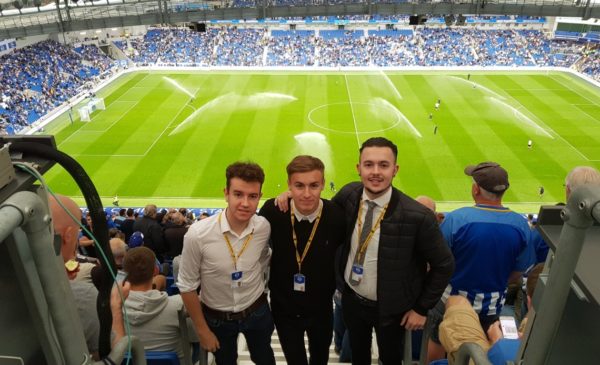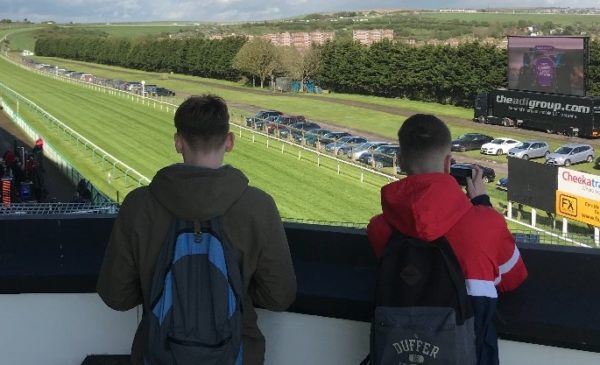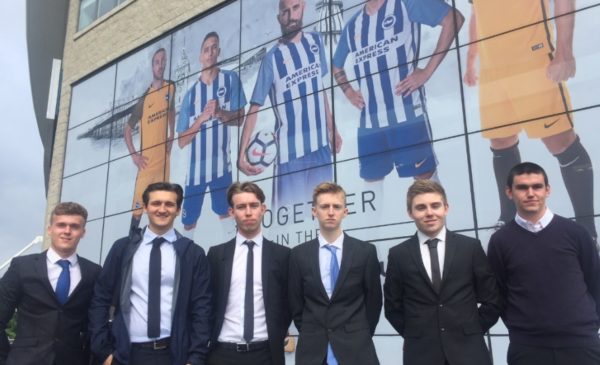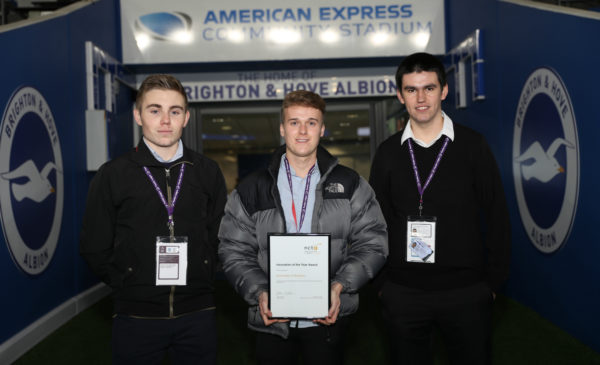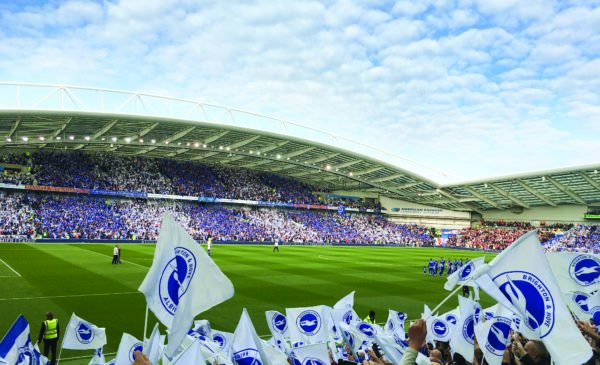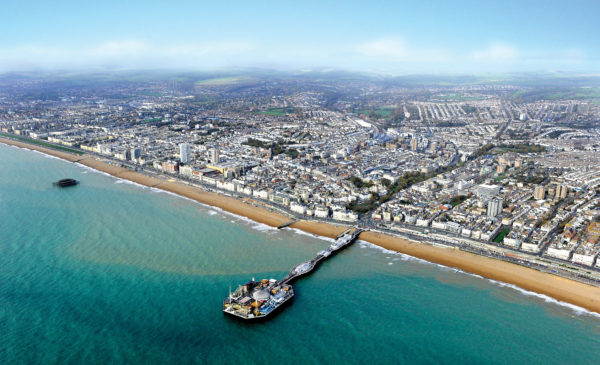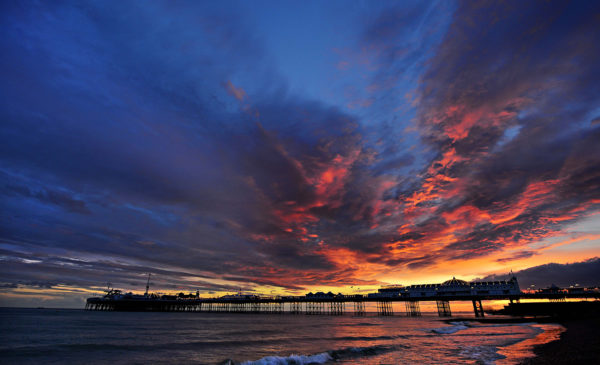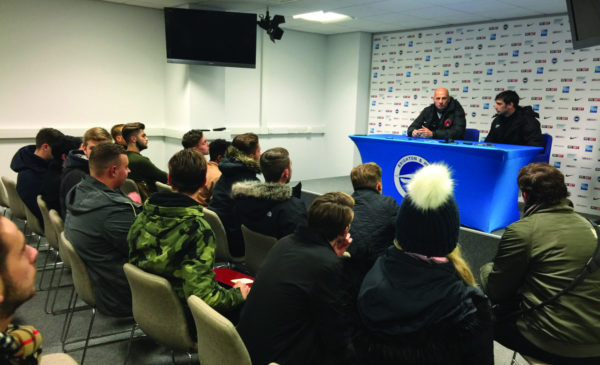Football relies on fans, just as much as fans rely on football, whether that’s at grassroots level or the elite, without fans it is nothing. They’re often called the 12th man and the power they possess within the game often goes under the radar, and at many top clubs such as Bayern Munich, Fenerbache and Rangers, the number 12 shirt is retired in honour of their fanbase. The driving force of a packed out 60,000 seater stadium, all chanting for the home team is a key asset and in newly built stadiums the atmosphere is one of the main considerations in order to motivate the team alongside instilling fear into their opposition. This isn’t the case for the teams lower down the football pyramid as they aren’t blessed with a worldwide fan base or state of the art stadiums, however what they do tend to be blessed with is a smaller, hardcore and loyal fanbase, who are heavily invested into their club and despite not attending in the tens of thousands, their attendance is integral and vital for the team.
Despite having some iconic teams now in the National League such as Southend United and Yeovil Town, the largest stadium in the fifth tier of is Meadow Lane, home to 19,588 Notts County fans. The average capacity in the Premier League is 37,559 and that is down to the demand for tickets being significantly higher. And then the further down the leagues you go the average decreases. If we look at the Isthmian League, the 7th tier in the English footballing pyramid, the average attendance shrinks to roughly 700 per game, with Worthing boasting the best attendance of the season so far with 2143 fans. Despite the numbers being considerably lower, the atmosphere can be incredible and produce a similar impact to what it does on the biggest of stages.
A team in the Isthmian League is called Enfield Town, a team situated in North London and currently sitting 5th in the league. I have managed to speak to Enfield Town ‘Ultra’ fan, Jamie Bray, who, despite a strong affiliation with Tottenham Hotspur since childhood, prefers to spend his time and money following the Enfieldian’s up and down the country. “It is the best atmosphere on the journey, in the stadium and after the game”, he explained, claiming that the 90 minutes of football is only a minuscule part of the experience and is somewhat secondary to the day of travelling, drinking and bonding. “The lads who you see every week have became almost like a family to us and I see them more than some of my actual friends and family”.
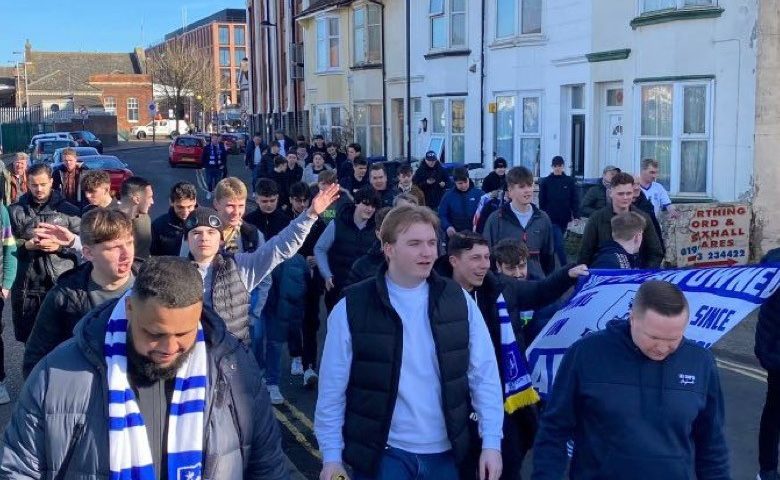
A reason for the rise in non-league followers is potentially down to the commercialisation of the higher leagues, even with the championship and League one, the mass investments and higher stakes has taken away from the simplicity of football. As you step down lower in the leagues, despite the quality of course being worse, it does however feel a lot more personal. The players are more relatable and it is easy to get to know the players and staff on a better level. Jamie even described how he “saw some of the Town players having a beer after beating Haringey”.
We idolise and put these elite athletes on a pedestal, they earn hundreds of thousands of pounds and we are charged extortionate amounts to go and watch them. Non-League players below the National League, despite possessing great abilities and the quality of football still being relatively decent, they are earning their wage per game and often rely on other incomes. This is why when the FA Cup see’s a Non-League team coming up against one of the elites, it is considered a great spectacle. For example, this season Boreham Wood went all the way to the 5th round of the FA Cup and got to play at Premier League ground Goodison Park, to get there they beat high-flying Bournemouth from the Championship with Mark Ricketts scoring a rocket at the Vitality Stadium to send his team through. Ricketts doesn’t earn enough from football alone to support himself and his family, so on the side he is a freelance personal trainer and this highlights the infamous phrase of ‘the magic of the FA cup’, as a regular, football loving man was able to do this on the big stage.
Jamie touched upon the difference between his experiences at Spurs and Enfield Town games and he, alongside many others, feel a stronger connection to the lower leagues. ‘It’s more unpredictable, exciting and easier to enjoy”, he said, “you’re not wrapped up in rumours or politics, just pure, traditional football”. With Jamie being a 19-year-old, to attend a match at the Queen Elizabeth Stadium is no more than £7, whereas the average ticket price to visit the Tottenham Hotspur Stadium is £52, so the financial benefit for fans is also rife. Jamie could buy nearly 8 tickets to Enfield Town for the price of one Spurs game.
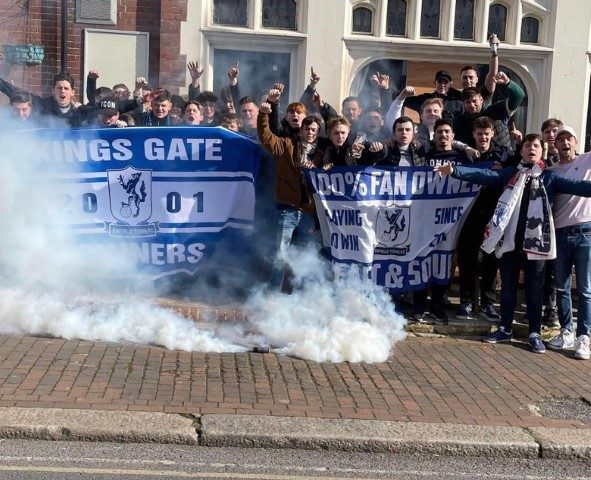
Non-League environments are also a lot more safer, even though it is bleeding with passion, you won’t see cities overtaken by fans parading the streets in a disorderly manner or fans fighting each other for the colours they are wearing. Despite family sections being prevalent in all stadiums now, it doesn’t subject kids from being exposed to crude language and violent outbursts, whereas the set up Non-League stadiums allows freedom of movement around the ground so in the rare instance of that arising, you can simply move away. The main target audience for Non-League clubs at the minute is families as it can provide a cheap day out for the family, alongside a good experience of football for the kids, hence why more and more youth are indulging in the thrill of the lower leagues.
So as more and more people explore what Non-League can offer, the bigger and better it will get and potentially pry away fans from supporting or following the best teams in the world in exchange for a more authentic footballing experience.

